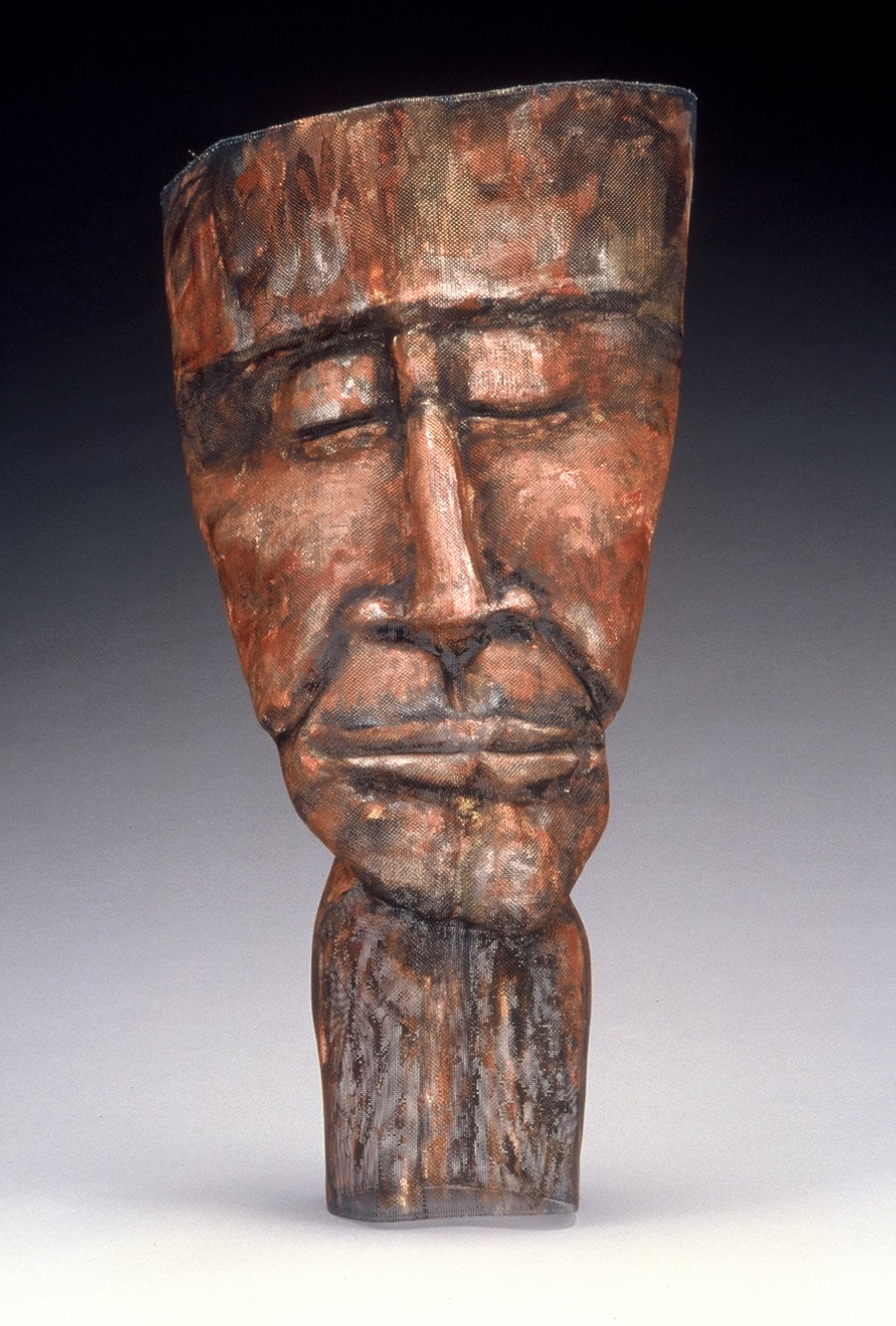My view on the new book, ‘Why We Read, What We Read’ by John Heath and Lisa Adams.
Ok. I don’t like to be negative especially here in my Art and Words blog. I want to offer insights, a light in what can be a dark world and hope.
When I read the title and promo email, I hoped I would be reading…a book about how current events from 9/11 to Katrina to the Iraq war influence our relaxation reading choices. Instead I received a book that can be described as Best Seller Bashing.
They go on and on describing plots, characters and story lines of many popular fiction books as too simple, too sexy, too violent, too black, too white, too much hugging, or too many lawyers. The bashing of Dan Brown alone gets tedious. For example, referring to the hit, The Da Vinci Code, they say, “It’s speedy, simple and full of secrets. It’s not only about sex and religion but sex in religion.” And that its success has to do not with plot, characters or literary qualities but its highly controversial content.
You’ll realize that these authors criticize best-sellers for their ‘platforms’ defined as ‘built-in audiences’, while building their own ‘platform’.
Their platform can be described this way - divide up and criticize the best-sellers categories: Health and Wealth, Good and Evil, Romance, Politics, Religion and Self-Help. Use all the popular book titles to create ‘buzz’. Add a mixture of clever phrasing and rephrasing, snobby literary references and snide comments to keep those words coming.
They tantalize you in the intro with a self-help bit promising that they have an idea that will create more good books. Yet, they even admit that their “solution is so conventional and unlikely to find fruition it’s probably not worth more than a paragraph. But we never met a paragraph we couldn’t turn into several pages, and so we do.” Make that an entire 273 page book.
Ok, so want to know their solution that according to the authors quote above, it was going to be conventional? Here it is: Don’t buy the books and they won’t become best sellers.
LOL.
Sorry, I had to laugh, don’t you? They can bash Dan Brown as much as they want, I still loved “Angels & Demons” and “The Da Vinci Code” as much as the re-occurring characters and controversial themes in Shakespeare and Austin.
The only things I agree with the authors on is don’t buy this book so it won’t become a best seller.
Ok. I don’t like to be negative especially here in my Art and Words blog. I want to offer insights, a light in what can be a dark world and hope.
When I read the title and promo email, I hoped I would be reading…a book about how current events from 9/11 to Katrina to the Iraq war influence our relaxation reading choices. Instead I received a book that can be described as Best Seller Bashing.
They go on and on describing plots, characters and story lines of many popular fiction books as too simple, too sexy, too violent, too black, too white, too much hugging, or too many lawyers. The bashing of Dan Brown alone gets tedious. For example, referring to the hit, The Da Vinci Code, they say, “It’s speedy, simple and full of secrets. It’s not only about sex and religion but sex in religion.” And that its success has to do not with plot, characters or literary qualities but its highly controversial content.
You’ll realize that these authors criticize best-sellers for their ‘platforms’ defined as ‘built-in audiences’, while building their own ‘platform’.
Their platform can be described this way - divide up and criticize the best-sellers categories: Health and Wealth, Good and Evil, Romance, Politics, Religion and Self-Help. Use all the popular book titles to create ‘buzz’. Add a mixture of clever phrasing and rephrasing, snobby literary references and snide comments to keep those words coming.
They tantalize you in the intro with a self-help bit promising that they have an idea that will create more good books. Yet, they even admit that their “solution is so conventional and unlikely to find fruition it’s probably not worth more than a paragraph. But we never met a paragraph we couldn’t turn into several pages, and so we do.” Make that an entire 273 page book.
Ok, so want to know their solution that according to the authors quote above, it was going to be conventional? Here it is: Don’t buy the books and they won’t become best sellers.
LOL.
Sorry, I had to laugh, don’t you? They can bash Dan Brown as much as they want, I still loved “Angels & Demons” and “The Da Vinci Code” as much as the re-occurring characters and controversial themes in Shakespeare and Austin.
The only things I agree with the authors on is don’t buy this book so it won’t become a best seller.

